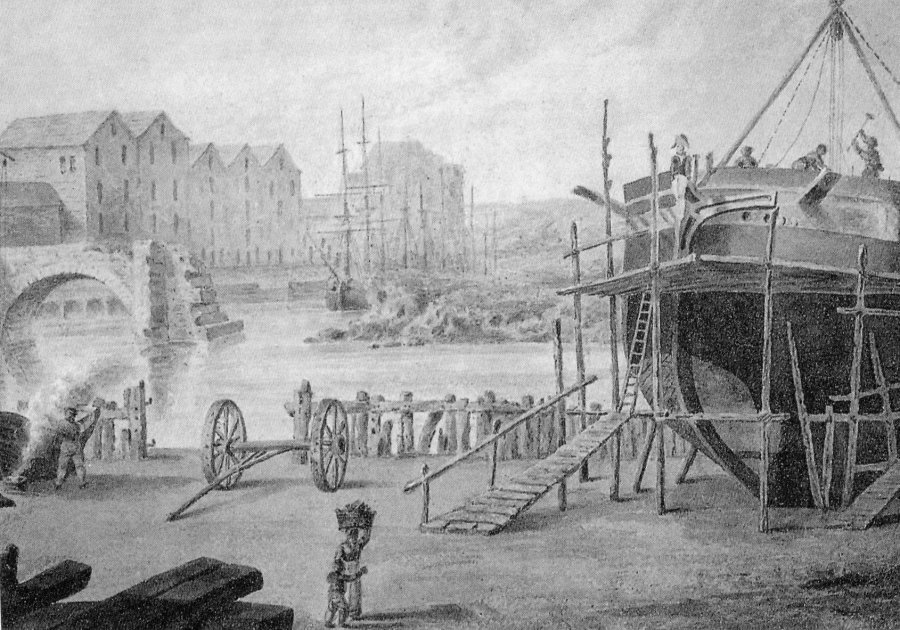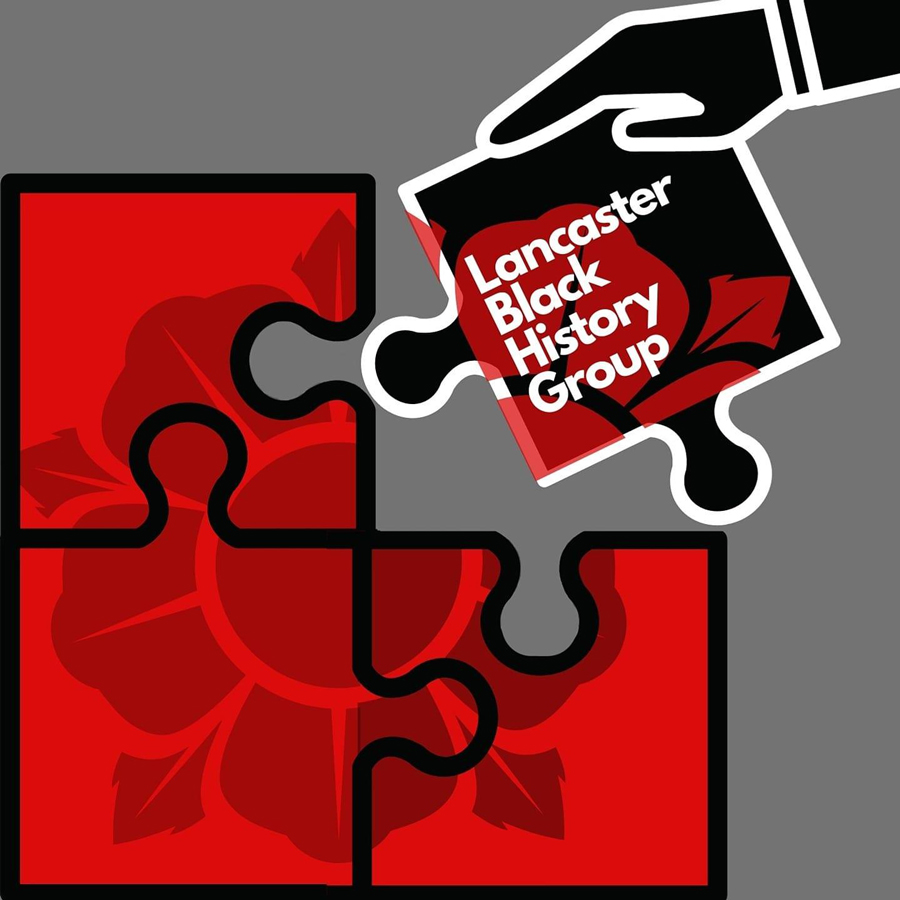In October 2020, a group of six form students from Lancaster Royal Grammar School and Lancaster Girls Grammar School, began a research project with Professor Imogen Tyler from Lancaster Black History Group which sought to uncover the truth behind claims that street names on the new Redrow Housing Estate on Lancaster’s New Quay and on the neighbouring Lune Industrial Estate had been named after slave ships, and other names associated with Lancaster’s history as one of the largest slave trading ports and West Indies trading ports in England in the 18th Century. We wanted to find out if these claims had any substance behind them, what the history of these street names was, why they had been named in this way, and what light historical research into these street names might shed on our understanding of our city as a global city which was once at the epicentre of slavery, ship-building and trade with the Americas and the West Indies.
Thetis Road, Lune Industrial Estate (formerly the site of Williamson’s Lune Mills, and before that the site of Lune Shipping Company. We believe the street names – many named after ships built and launched in Lancaster, emerged in the 1970s when the site was redeveloped)

ROAD NAMES
Street names we researched included- on the Redrow Estate – Africa Drive, Cotton Square, Gold Lane, Mariner Way –and on the Lune Industrial Estate – Braganza Way, Paragon Way, Thetis Road, Brockbank Avenue, Port Royal Avenue, Europa Way, Ceres Way, Minerva Road.
We worked on this project with Professor Imogen Tyler and Dr Sunita Abraham from the Sociology Department at Lancaster University, and Mr Jamie Reynolds, a history teacher at LRGS, all of whom are part of a new community based Lancaster Black History Group in the city, which was formed in June 2020 after Black Lives Matter protests in the city.
As this research was undertaken during the Covid pandemic, and its second wave, we met online on Tuesday evenings, using a TEAMS site at Lancaster University to share resources and to share our findings. The research was supported by Dr Nick Radburn, a history lecturer at Lancaster University, staff from Lancaster Museums, Vicky McCann at Lancashire Archives, and Librarians at Lancaster University.
As part of this project, we worked in small groups, making visits to the Quay, taking photographs and producing maps of the area, researching the street names on databases, including the slave voyages database, and the UCL Legacies of British Slave-ownership database.
We found out some fascinating information about Lancaster’s historical connections to shipping, ship-building and slavery (both the Trans-Atlantic slave trade and the wider involvement of the city and its 18th and 19th century merchant class in trading in slave produced goods in plantations in the West Indies and Americas).
On this website we will share some of the historical stories about ships, people and places we have uncovered through our research in a series of blogs, and other works. All the facts we publish in the blogs here have been checked by historians and other academics prior to publication.
Isabelle Bland, Bella Tyler, Harry Edmonson, Joanthan McDowell, Alfie Samson, Isla Tomlinson, Zoe North, Anna Molloy, Harris Wood, Clement Mok, Raees Mister, Finlay Walsh, Seb Chambaud, Travis Taylor, Filip Stuchlik, Owen Cross – with Professor Imogen Tyler curating the web content with us.

Leave a comment